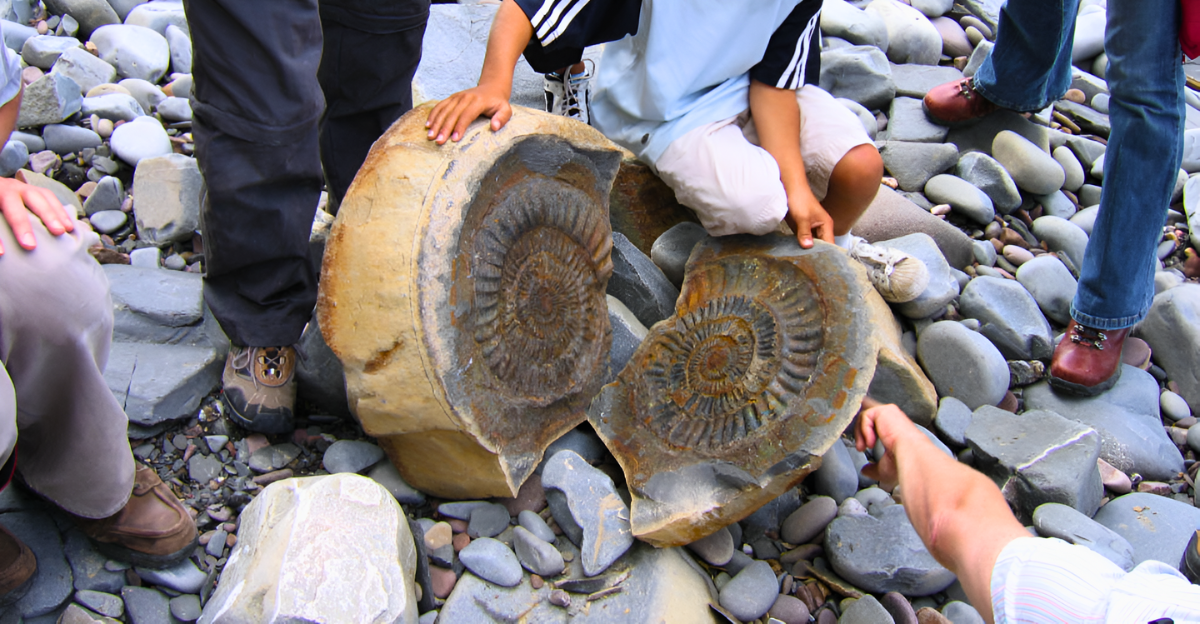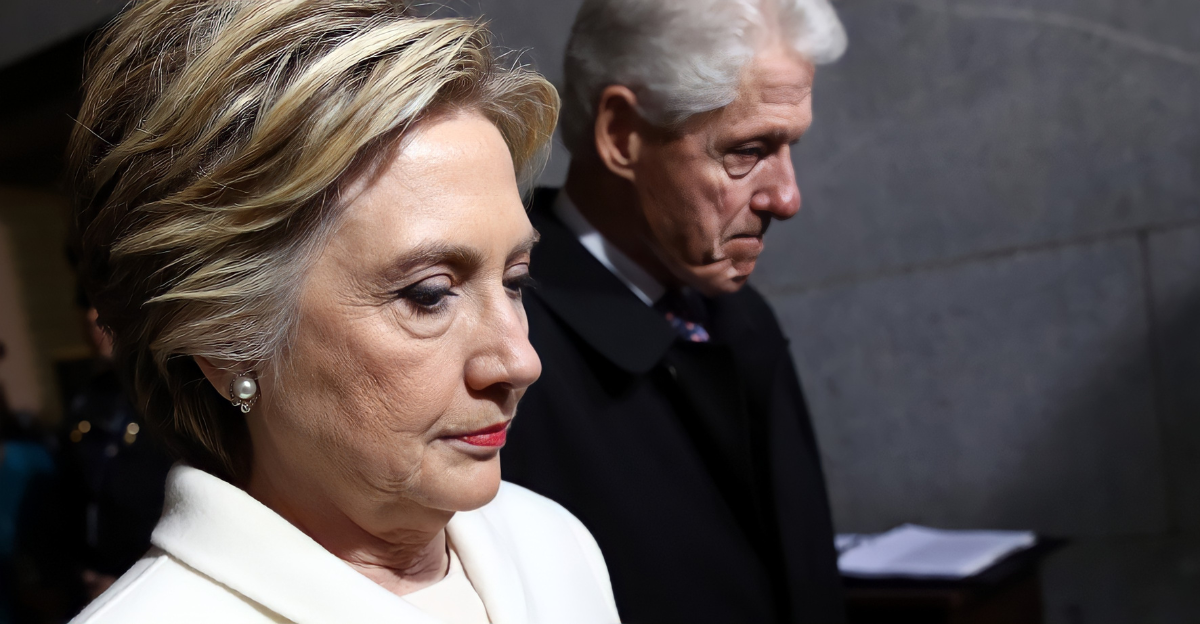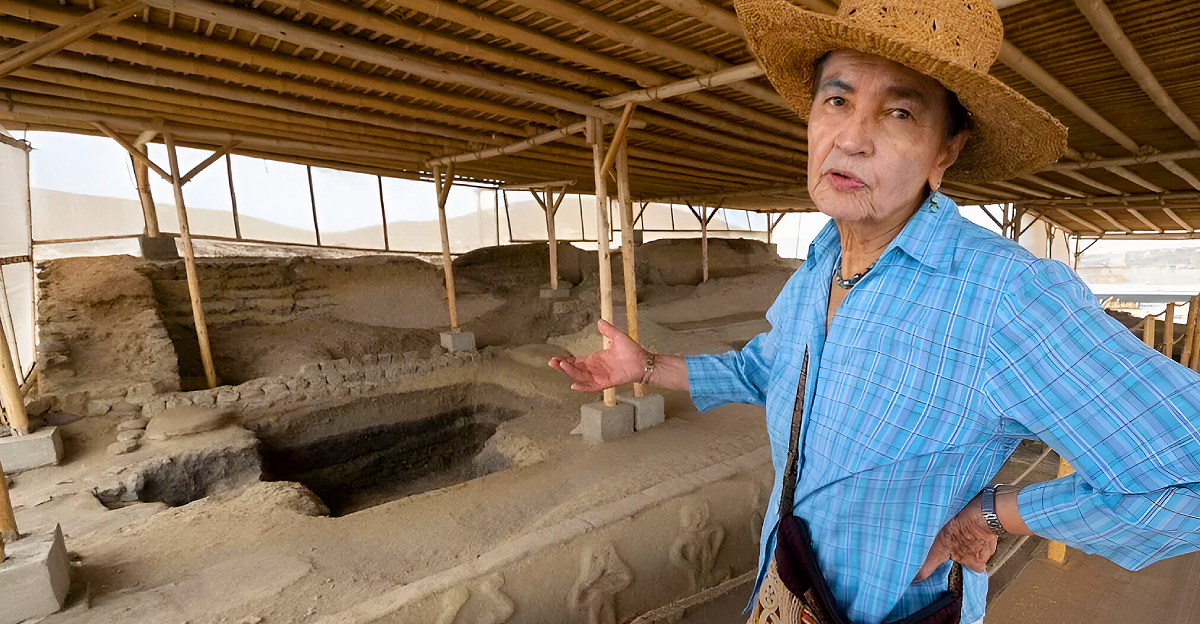
Historical accounts of ancient American civilizations are drastically changed by the discovery of a lost city that was concealed for centuries in the jungles of Peru. Dating back about 3,500 years, this city, known as Peñico, acted as a crucial cultural and commercial bridge connecting northern Peru’s jungle, mountain, and coastal regions.
By highlighting continuity and cross-regional interaction, the discovery also deepens our understanding of pre-Inca civilizations and changes historical accounts and archaeological viewpoints on South American cultural evolution. This significant finding highlights the jungle’s function as a cradle and forces researchers to reevaluate long-ignored timelines and connections.
Historical Background
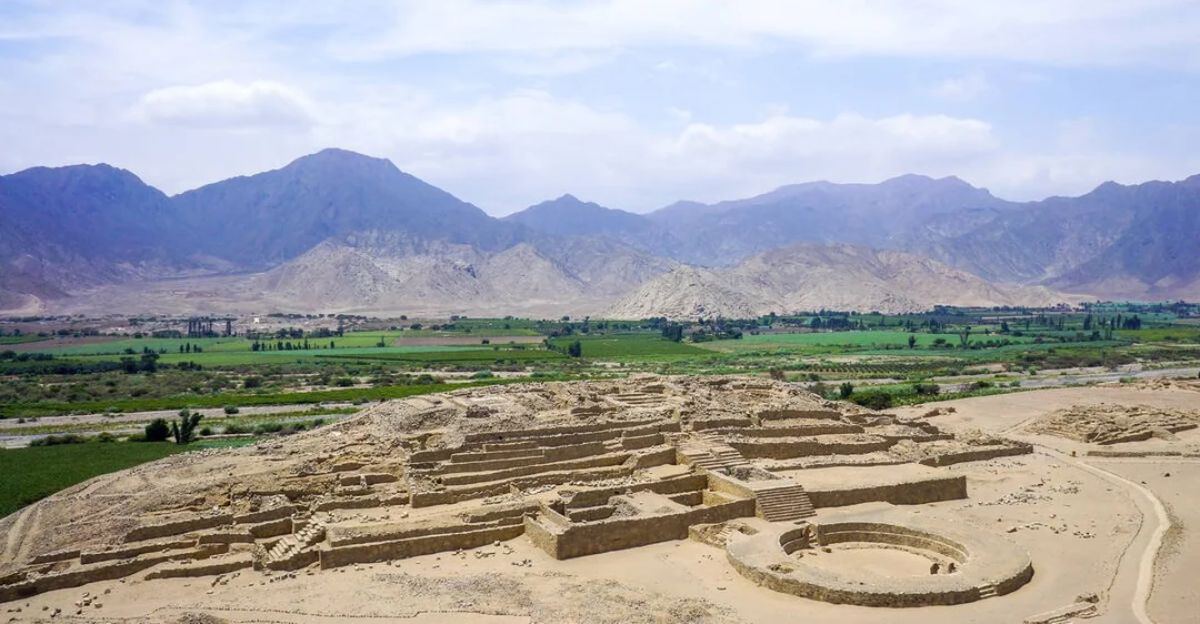
After Caral, the oldest known civilization in the Americas, flourished in the Supe Valley of Peru more than 5,000 years ago, Peñico emerged. Peñico filled the void left by Caral’s decline as a result of climate change, bringing the cultural traditions into a wider geographic context. Peñico represents a network of interconnected societies that traded goods, ideas, and ceremonial practices rather than isolated settlements.
The discovery of the site demonstrates that sophisticated urban life and trade existed far earlier and more extensively than previously thought. This casts doubt on the oversimplified “rise and fall” story and reveals a more complex, interwoven prehistoric Andean civilization that merits serious historical study.
Archaeological Importance
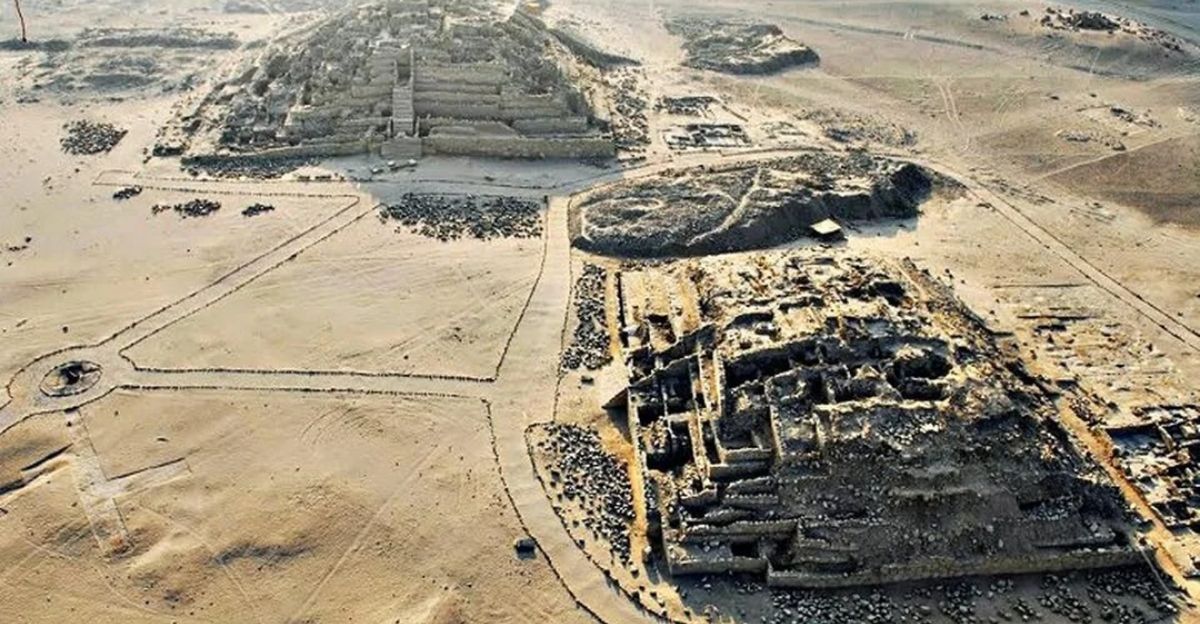
At least 18 significant buildings were found during the excavation, including plazas, residential areas, ceremonial temples, clay sculptures, and musical instruments like the pututu made from conch shells. These artifacts reveal a society that was highly developed in urban planning, regional communication, and spiritual and cultural practices.
A civilization that mastered a variety of environmental adaptations and technological skills is reflected in the city’s layout and artifacts, indicating advanced social organization that is not taken into account in contemporary historical frameworks.
Implications for Culture

Understanding of the ancient Chachapoyas culture and other indigenous groups that inhabited Peru’s jungles and cloud forests has been enhanced by the discovery. New research demonstrates that forest peoples established sophisticated, long-lasting societies with rich cultural traditions, in contrast to earlier perceptions that dismissed them as primitive.
More respect for the accomplishments and influences of their ancestors is fostered by this acknowledgment, which changes the narratives surrounding indigenous identity and heritage. Based on concrete archaeological evidence, the discovery also provides a framework for modern indigenous communities to recover historical agency and cultural pride.
Developments in Archaeology Technology

LiDAR scanning, photogrammetry, and topographic mapping are examples of cutting-edge technology that were essential in locating and conserving the lost city. With the use of these instruments, archaeologists were able to “peer” beneath thick jungle canopy without endangering the delicate ecosystem and produce intricate virtual maps of the location.
The transition to digital archaeology improves accuracy and reduces human impact while revolutionizing the collection, dissemination, and preservation of historical knowledge. These technologies also make it easier to collaborate across disciplines, combining ecology, computer science, and archaeology to create a new benchmark for heritage research worldwide.
Ecological and Environmental Background
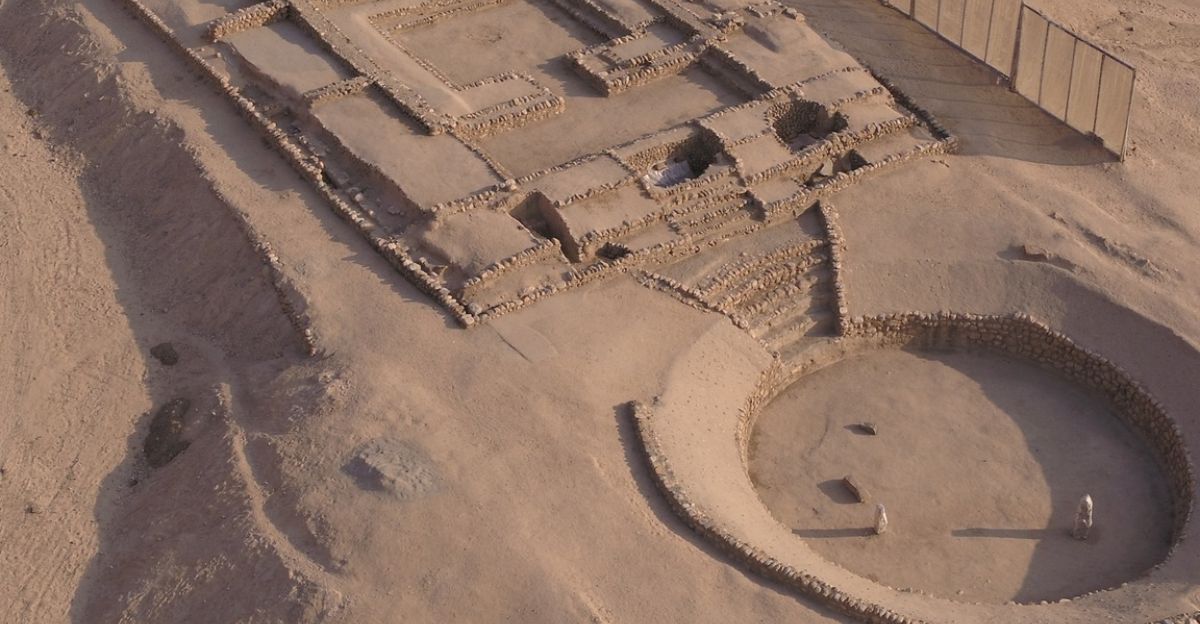
Peñico, which is situated in the Barranca province of Peru, close to the Amazon basin, is an example of a civilization that has adapted to changing environmental conditions, such as the interplay between tropical jungle ecosystems, the Andes mountains, and the Pacific coast.
As a living example of sustainable coexistence, the city’s survival over millennia demonstrates both resilience and vulnerability to climate fluctuations, offering a sobering parallel to contemporary environmental challenges. Knowledge of these antiquated environmental techniques enhances discussions about climate adaptation and how ecosystems and humans are intertwined.
Re-examining the Definitions of Civilization
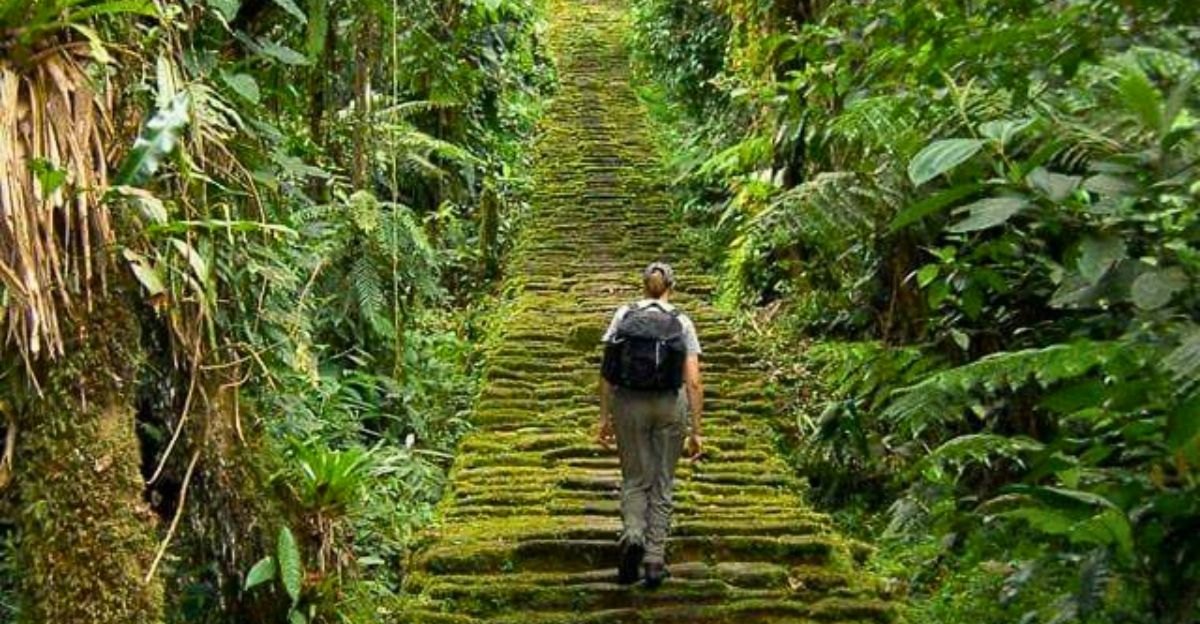
This finding contradicts the long-standing Eurocentric prejudice that civilization is synonymous with the kind of urban monumentalism found in the Mediterranean and Near East. The existence and complexity of Peñico make it necessary to broaden definitions to encompass indigenous epistemologies, cultural fluidity, and multi-ecological networks.
This changes scholarly and popular perceptions of civilization itself by challenging hierarchies that have written off Amazonian and jungle societies as primitive. Additionally, by challenging prevailing narratives that narrowly equate “progress” with Western norms, this re-framing calls for a pluralistic, context-sensitive historiography.
Effects of Psychology on National Identity
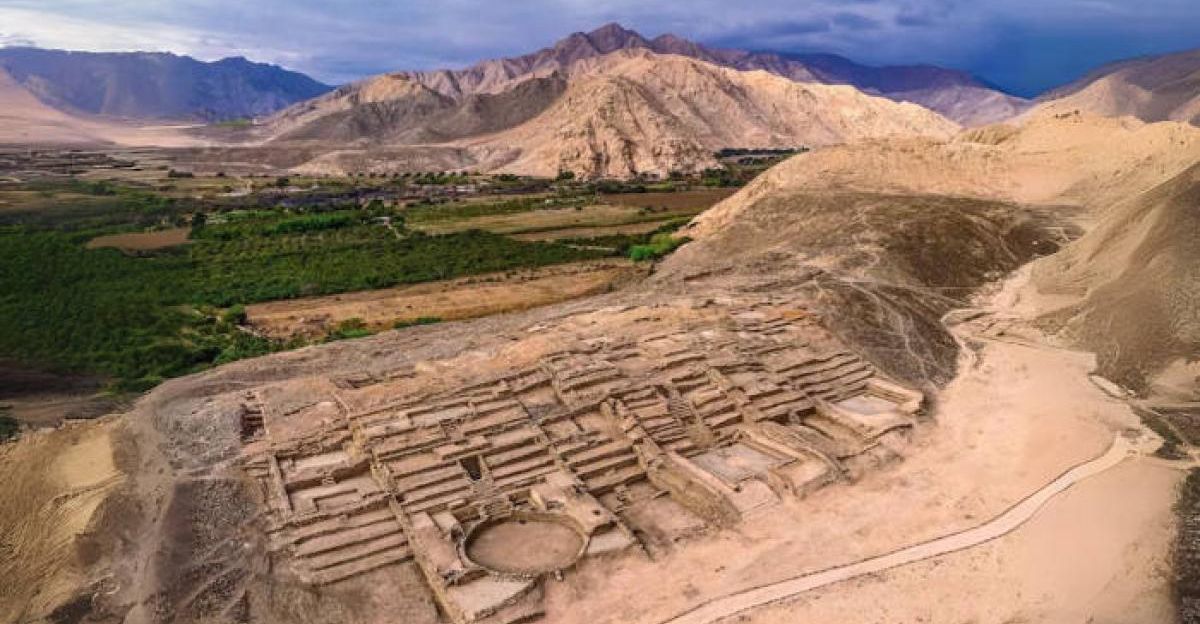
Peñico’s unveiling sparks a profound reevaluation of identity and heritage for Peruvians and indigenous descendants. A sophisticated urban center’s comeback from obscurity fosters pride and continuity, which in turn feeds movements to preserve cultural landscapes and give historically underrepresented indigenous voices more clout.
It also promotes cultural resilience and educational programs that bring indigenous histories back into the public eye, which may change perceptions both domestically and internationally. This collective reawakening could have an impact on intercultural communication, education, and policy, boosting cultural self-esteem throughout Peru.
The Impact of Tourism on the Economy

By opening Peñico to tourists, Peru opens a new avenue for cultural tourism and boosts its economy outside of well-traveled destinations like Machu Picchu or Nazca. The site’s accessibility through historic trade routes enhances the experience of visitors and encourages more extensive regional involvement.
Peru’s strategic planning and international cooperation in cultural resource management will be put to the test when preserving its heritage while generating economic benefits. This circumstance presents a chance to set an example for environmentally conscious and socially responsible tourism.
More General Anthropological Significance
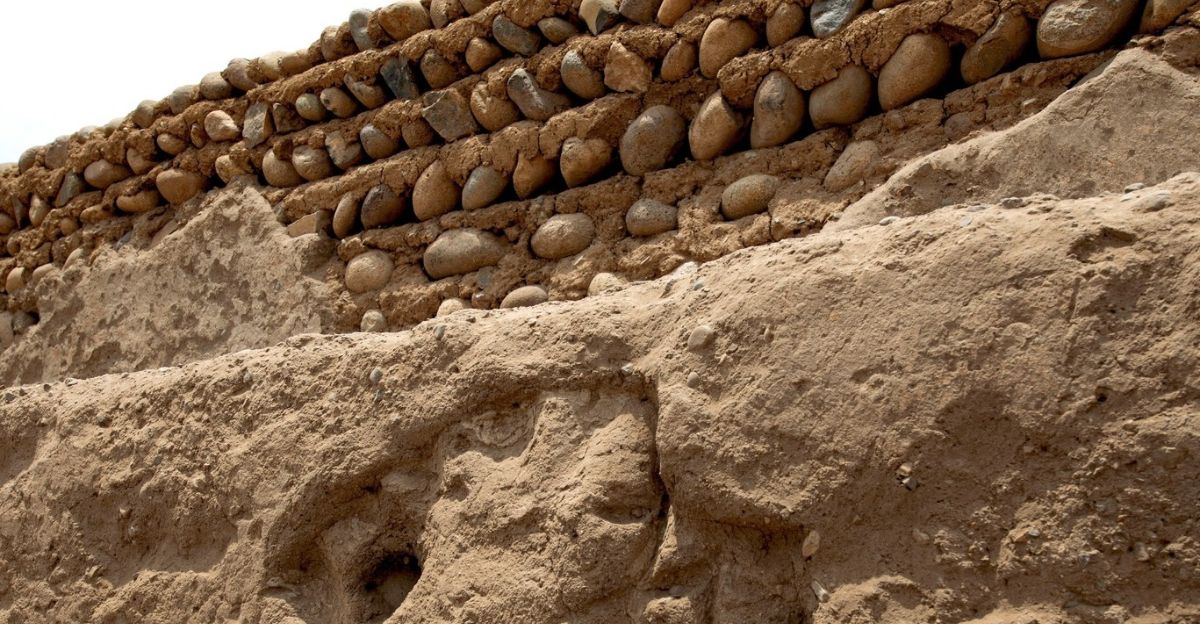
This discovery broadens the anthropological conversation about the emergence and interactions of complex societies in rainforest settings. It bolsters ideas that urbanism flourishes in tropical ecosystems under specific social circumstances and is not just found in arid or temperate regions.
In understudied ecological zones, this aids in improving models of migration, cultural innovation, and human adaptation. Furthermore, it challenges us to critically reevaluate our definitions and methods for identifying complexity outside of conventional archaeological paradigms.
Change in Historical Narrative Paradigm

Instead of focusing on isolated, primitive tribes, the discovery proposes rewriting regional history to include interconnected ancient societies. It challenges textbooks that only concentrate on Inca or coastal societies by highlighting the influence of jungle civilizations on pre-Columbian dynamics.
This change promotes inclusive historiography that incorporates environmental studies, indigenous oral histories, and archaeological data. Instead of focusing on monolithic centers, this method will foster more nuanced understandings of cultural development spread across various landscapes.
Potential Future Results and Effects
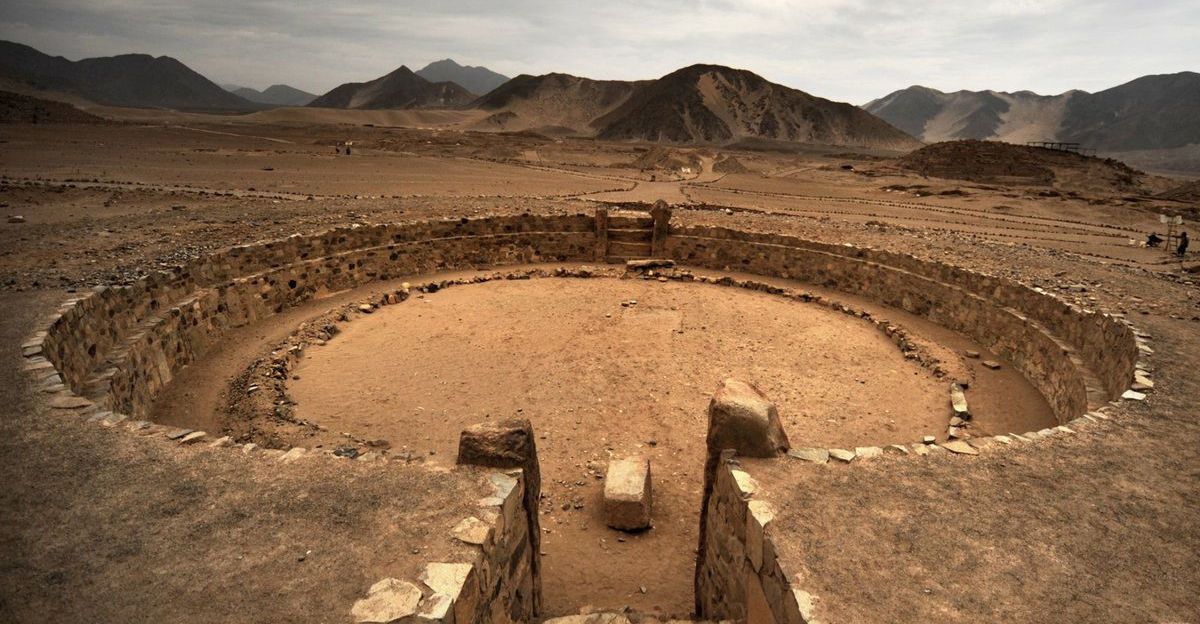
Similar unexplored sites might emerge as technology develops further, significantly enhancing or complicating South America’s prehistory. Future research could challenge preexisting historical frameworks by revealing more cultural diversity, intricate trade, or undiscovered civilizations.
In addition to influencing policies pertaining to cultural preservation and climate adaptation strategies, the cascading effects may deepen understanding of indigenous history worldwide. Archaeology’s dynamic interaction with politics, the environment, and identity is highlighted by this continuous evolution of knowledge.
Ethical Issues in Preservation and Research
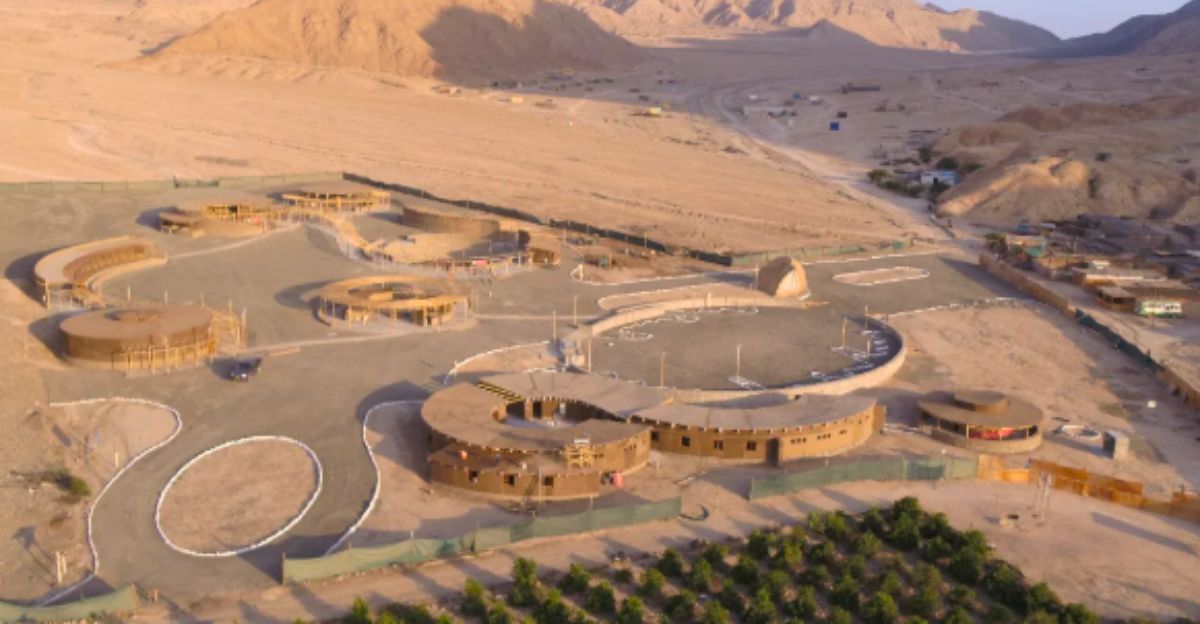
The finding presents moral dilemmas pertaining to information sharing, site management, and indigenous rights. Respecting the cultural significance of descendant communities and preventing exploitation or degradation of indigenous territories due to tourism are of utmost importance.
In order to avoid colonial extraction patterns, archaeological interventions must strike a balance between scientific research and local participation and sovereignty. This instance emphasizes the value of inclusive frameworks in which archaeology promotes sustainable heritage stewardship and indigenous empowerment.
Possible Combinations: Digital Storytelling and Archaeology

Immersion virtual reality experiences could democratize access while maintaining the physical site by utilizing sophisticated digital recreations of Peñico. These digital media and archaeology mashups have the potential to transform education by enabling interactive exploration of ancient cultures by audiences around the world.
By encouraging cross-sector cooperation between the tech, tourism, and cultural heritage sectors, these programs provide innovative models for education and the economy. This method is in line with current trends that emphasize hands-on learning and innovative cultural preservation.
Conclusion
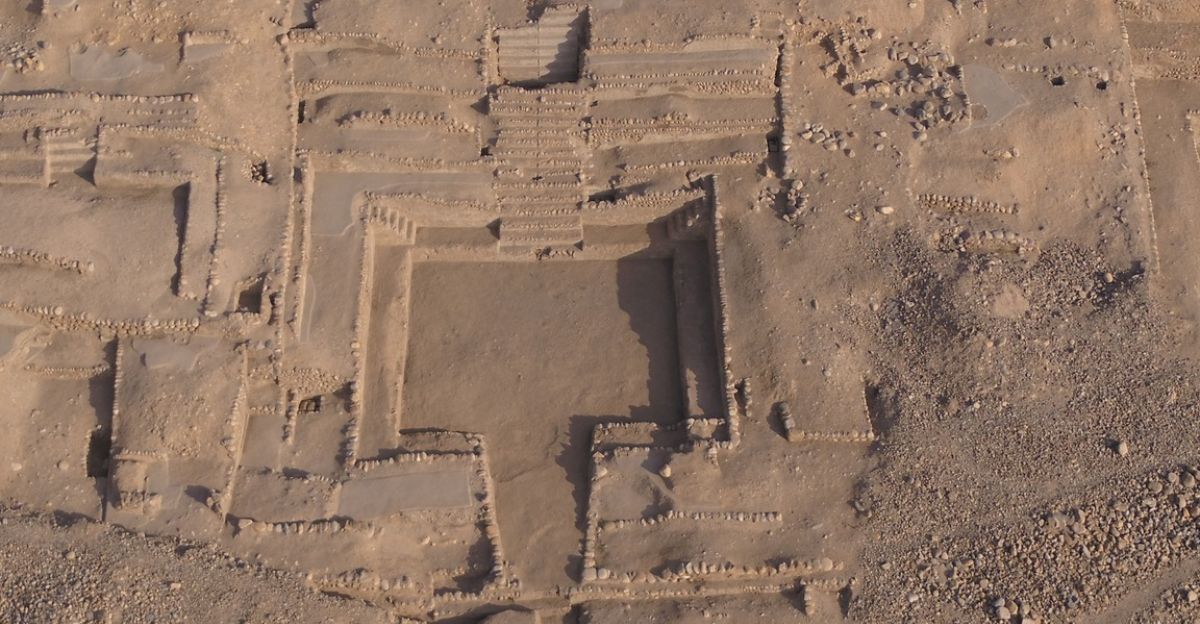
More than just an archaeological achievement, the discovery of the lost city of Peñico in the jungles of Peru is a catalyst that is changing the narratives of history, culture, and identity throughout the Americas. It questions accepted histories, expands conceptions of civilization, and encourages moral discussion about the preservation of cultural heritage.
As history books are being rewritten, Peñico serves as a reminder of the intricacy that is often overlooked and calls for continued research and reverence for the world’s ancient, complex civilizations. The implications of this discovery will have a significant impact on global cultural consciousness, indigenous empowerment, and historiography.



